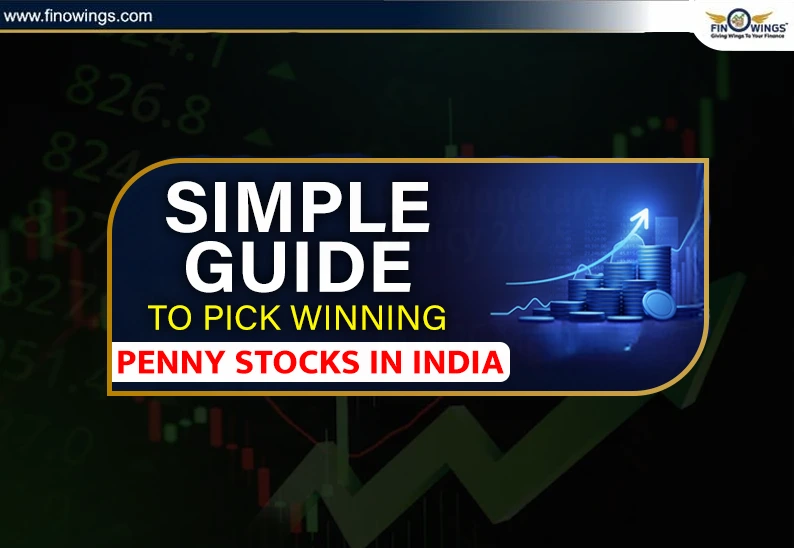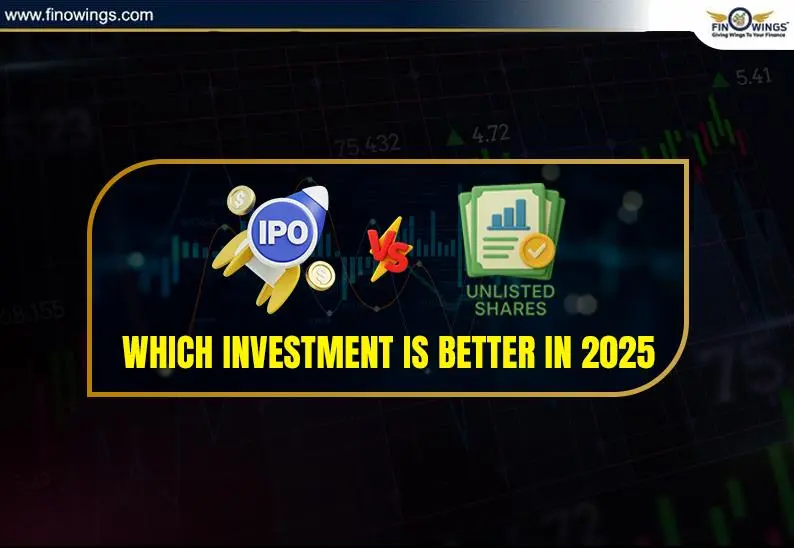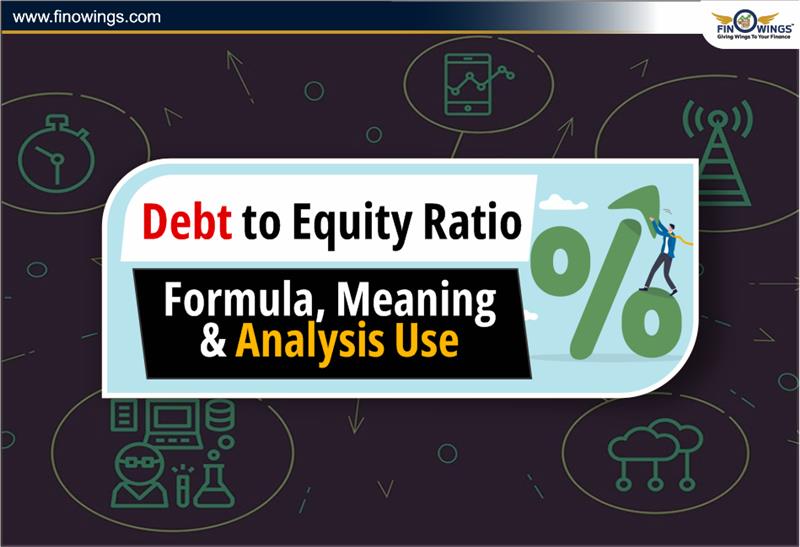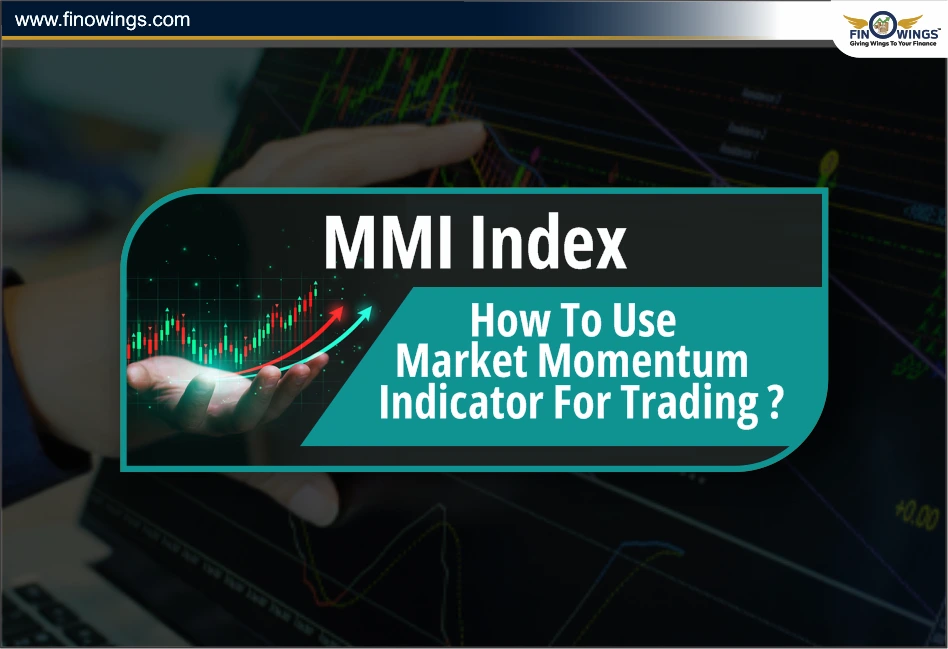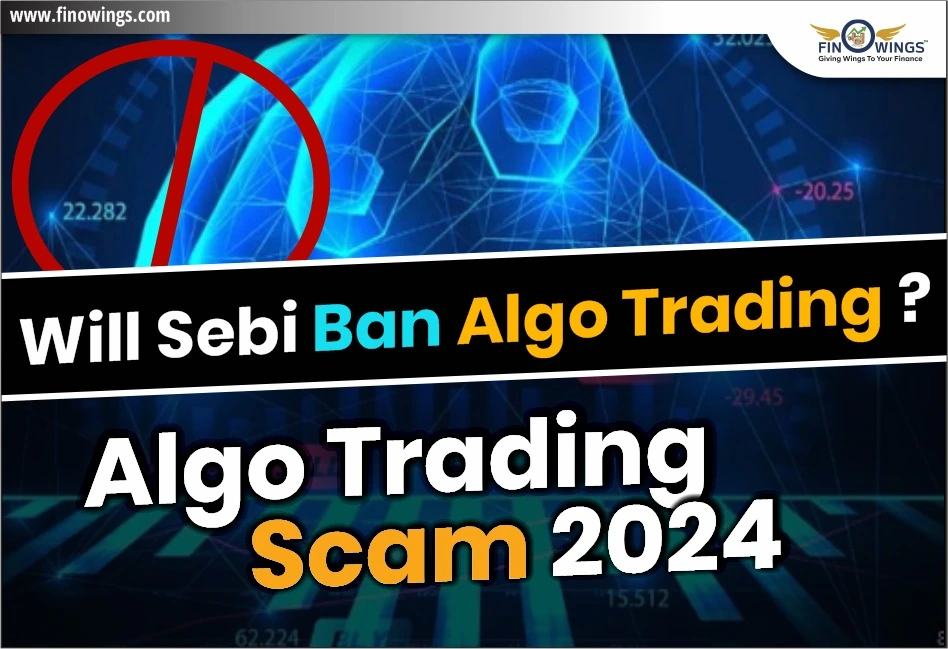Home >> Blog >> Different Types Of Orders In Stock Market - Stop Loss, Market & Limits
Different Types Of Orders In Stock Market - Stop Loss, Market & Limits
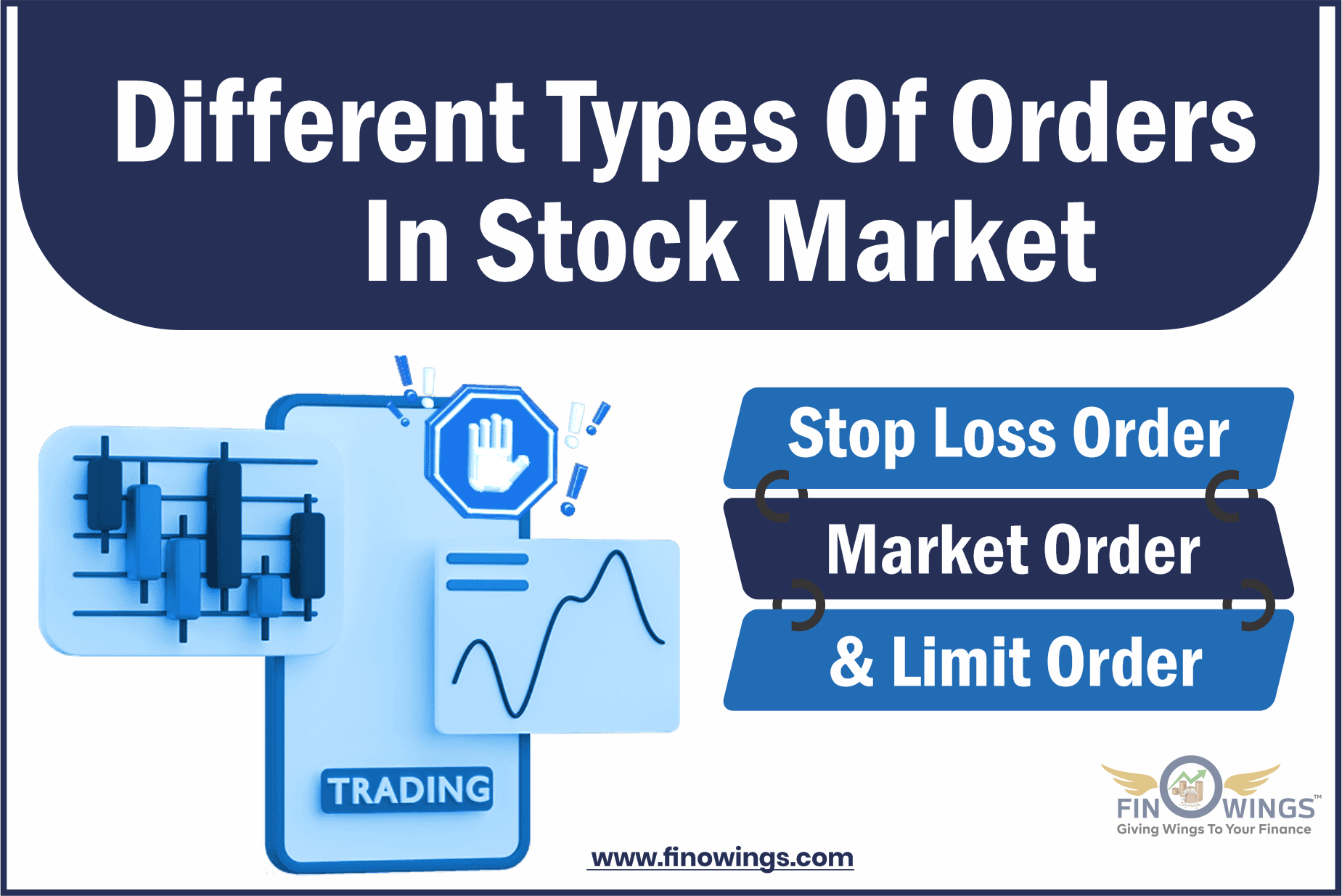
Table of Contents
1. Introduction
In order to carry out activities in the stock market, an order is required. For example, an investor can instruct the marketplace to carry out a purchase or sell move at a specific cost by placing a stock market order. You can make a stock order online or over a mobile device with the broker.
You will discover in this post the many stock orders you can make when buying or selling equities on the stock market. There are two kinds of transactions in every order on the stock market. Whether it's a buy order or a sell order would apply. A sell order entails selling the stock in the market, while a buy order entails buying the stock.
2. What is an order?
An investor's direction to a stockbroker to purchase or sell stocks on the market is known as an order in the stock market. In the stock market, a dealer or investor may employ a variety of order forms. Based on the order, the broker or trading system may start the trade on the investor's account.
3. 5 Main Types of Stock Order
-
Limit Order
An order for buying and selling shares at a particular cost is known as a limit order. A limit order prevents you from buying or selling the stock at a cost greater or lower than the set cost. However, it is crucial to remember that there is no assurance that your order will be carried out in a limited quantity. Let's look at an instance to grasp the limit order approach further. If you wish to buy shares of GMR Infra for Rs. 20, but the stock's present market cost is Rs. 21, you can do so by using a limit order.
You can fix the buy cost using a limit order at Rs. 20, and the order will only be executed whenever the cost reaches Rs. 20. Likewise to this, you can set the sell limit order at Rs. 22 if you own GMR Infra shares and wish to sell them at that price. Only when the stock value reaches Rs. 22 will your shares be sold in this case; else, they won't. In a limit order, the order will be cancelled at the end of the day if the operation is unsuccessful because the share does not achieve the desired cost level.
-
Market Order
A market order vs limit order in several ways. First, you can purchase or sell shares using a market order at the exchange's current going rate. The advantage of a market order is that it will be filled at the stock's current price. To further grasp it, let's use an illustration. Take the example of placing a market order to buy 1000 shares of GMR Infra. Your order will be filled at the current market cost on the exchange because it is a market order. In a comparable vein, if you use a market order to sell GMR Infra shares, the operation will go through at the prevailing market rate.
-
Stop Loss Order
Among the most crucial orders for intraday traders is the stop-loss order. The traders specify the stop loss cost or the cost at which the operation will close or square off in this sort of order. The traders can guard themselves against significant losses by putting a stop loss in position. The trigger value for this operation is the stop loss cost.
To properly comprehend stop-loss orders, let's use an instance. Consider that you pay Rs. 20 for shares of GMR Infra and set a Rs. 19 stop loss. The operation will square off, and your trading opportunity will close if the share value reaches Rs. 19.
-
Stop Loss Market Order
A stop-loss market order combines a stop-loss order with a market order. Whenever the market value of shares reaches a particular cost level, a stop-loss market order becomes active, and trades are executed as market orders at that cost level. Likewise, stock market orders occur when a share value achieves a specific level.
To better comprehend stop-loss market orders, let's use an instance. Assume you pay Rs. 20 for shares of GMR Infra and set your stop loss at Rs. 19. Therefore, your account will square off, and the shares will be sold whenever the share value reaches Rs. 19.
Due to recent information, a stop loss market order would complete the operation by squaring off your account at Rs. 18.50 if there is only one buyer below Rs. 19 or Rs. 18.50.
Consequently, you should not execute a stop-loss market order if you anticipate high volatility due to news or for any other cause.
-
Stop Loss Limit Order
A stop-loss limit order is just a more advanced variant of a stop-loss market order that combines a stop order with a limit order. With this kind of order, the operation is carried out whenever the stock reaches the stop-loss price level after establishing a stop loss at a specific cost. The unique feature of a stop-loss limit order is that it will close the trade only at the stop-loss value, not below or above it.
To properly comprehend stop loss limit orders, let's use an instance. Assume you pay Rs. 20 for shares of GMR Infra and set your stop loss at Rs. 19. Therefore, your account will square off. The shares will be sold whenever the share value reaches Rs. 19. If a significant sell trade occurs, dropping the value abruptly to Rs. 18.50, your stop loss limit order is not carried out.
When this occurs, the stop loss limit order will attempt to carry out your order at the specified price while also waiting for the value of GMR Infra to return to Rs. 19.
The trade will end whenever you square off your account whenever the value returns to Rs. 19, triggering the stop loss limit order. Consequently, you can safeguard yourself from significant losses by putting down a stop-loss limit order. Therefore, you will always run the risk if the value stays the same.
4. Additional Stock Order Types
-
Immediate or Cancel (IOC)
Any portion of an order that can be completed in the marketplace (or at a limit) in a very brief period, frequently only a few seconds or less, must be completed following an IOC order, and the remaining portion must be cancelled. The order is fully cancelled if no shares are traded in the "instant" time frame.
-
Fill or Kill (FOK)
In other words, it requires that the full order size be traded in a relatively brief time, frequently a few seconds or less. In addition, this form of transaction combines an AON order with an IOC requirement. The order is cancelled if neither stipulation is satisfied.
-
Good 'Til Canceled (GTC)
This is a deadline that you can set for various orders. An order that is "good until canceled" will be in effect until you choose to cancel it. Brokerages often set a 90-day restriction for how long you can leave an order open (or valid).
-
Day
The order will generally be placed as a day order if the GTC direction does not provide a time window for expiry. This indicates that the order will expire after the trading day. Therefore, you must re-enter it the following trade day if it still needs to be transacted (filled).
Conclusion
Understanding the distinction between a limit and market order is essential for individual investors. Your investment strategy also determines the order kind, and there are instances when one or the other will be more suited.
Because a market order is less expensive and the investment choice depends on factors that will play out over months and years, the present market rate is less critical to a long-term investor. A limit order to buy in with a stop-loss order to sell is typically the bare minimum for putting up a trade when a trader is attempting to act on a shorter-term pattern and is consequently much more aware of the market rate paid.
You may determine which order best meets your investment requirements, saves time, lowers your chance, and, most crucially, saves money by understanding what every order does and how it might affect your trade.
Frequently Asked Questions
An order to sell a specific quantity of shares, bonds, etcetera. given to a broker: Following a significant sell order from a significant organization, the company's shares decreased by 27p. Compare. order to buy.
Regular Review, Fixed Order Point, Min-Max, and Multi-bin systems are examples of fundamental ordering schemes.
Market orders, restrict orders, and stop-loss orders are the three most typical kinds of orders.
- An order to purchase or sell a security right away is known as a market order.
- An order to purchase or sell a security at a certain price or higher is known as a limit order.

